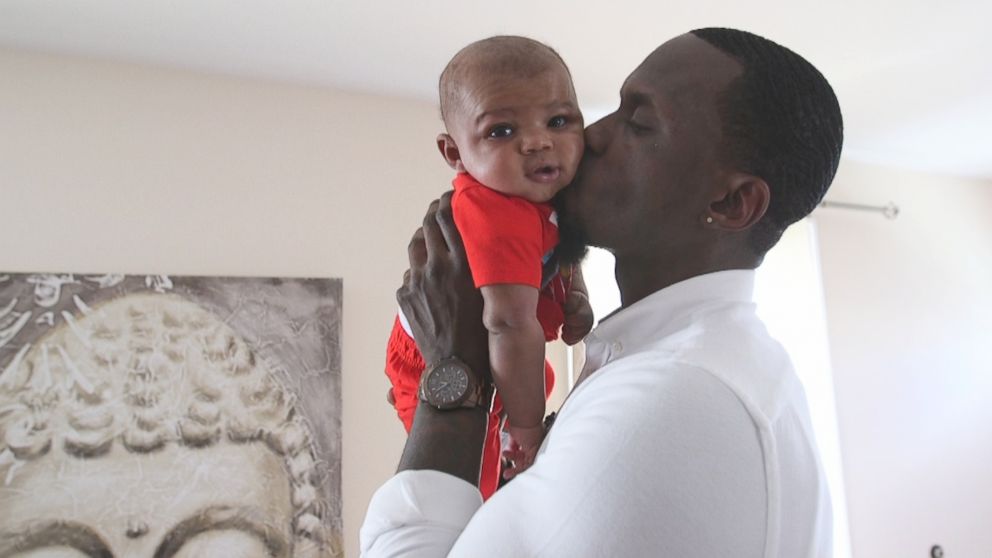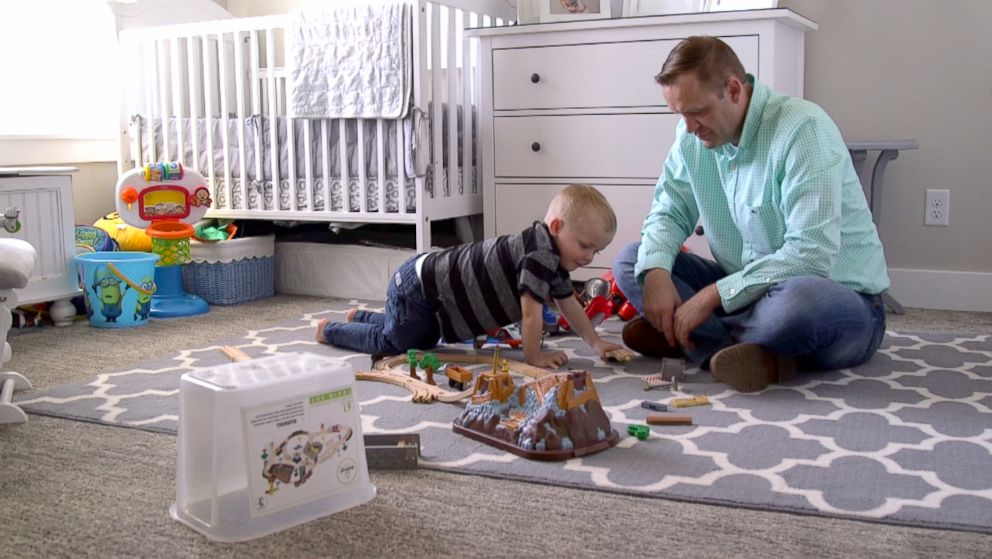Time's up on women 'dying to deliver': COLUMN
Our piece "Dying to Deliver" has generated a lot of attention.
Dr. Jennifer Ashton is ABC News' chief medical correspondent and a board-certified OB-GYN. Opinions expressed in this column do not necessarily reflect the views of ABC News.
Our piece "Dying to Deliver" that aired on "Nightline" has generated a lot of attention.
I am happy about that since one of the Labor and Delivery nurses who helped train me used to say: "A loud sound makes a loud echo." We need a loud sound to help shine a light on the U.S. maternal mortality epidemic. But there was a lot that we didn’t have the time to address in our piece when it aired, and so I wanted to touch on some of that here.
As a physician and science-lover, my brain is trained to evaluate data and numbers in a certain way. For instance, when I hear about a mortality rate, my first question is, "How are we getting these numbers?" and the next question is, "What population are we using?"
It is true that methods of data collection have changed over the past 20 years and that can partially explain our new (and increased) numbers. Partially, but not totally. It is also true that in comparison to other countries, we use different medical criteria to define a postpartum death. But even with this difference, our rates are not where they should be.
So that leaves us with a complex problem, with multiple factors contributing to the cause. These include: vast racial disparities in OB care; poor rural access to OB care; inconsistent attention to medical issues across the three time periods of pregnancy, labor and delivery, and the postpartum period; gender discrimination in medicine; and an increase in an older and more medically high-risk maternal population.
But there are political and societal issues too: There are issues with funding for Medicaid (which is responsible for 50 percent of deliveries) and there is the value (or lack thereof) placed on women and women’s health. These are not easy problems to fix, but I do believe we can and will fix them.


In medicine, we look to ACOG, The American College of Obstetricians and Gynecologists, to lead the way. ACOG has initiated a community-based, hands-on 'best practices" and patient safety program. It is called AIM: the Alliance for Innovation on Maternal Health. AIM is now in only 18 states and is funded through the federal Maternal and Child Health Bureau. It represents a collaboration between OB-GYNs, certified nurse midwives, family physicians, and other organizations dedicated to reversing the maternal mortality trend. It represents an important step in this long race.I spoke with new ACOG president, Dr. Lisa Hollier, about what ACOG is doing to address this crisis. Hollier has dedicated her career to addressing maternal mortality and is dedicating the majority of her one-year term as ACOG president to the same issue. But that’s not all that’s happening.

Much as the #MeToo movement has unroofed the issue of sexual harassment of women in the workplace, #TimesUp has a real relevance for medicine and women’s health care. Time is up for the U.S. trending up in maternal mortality rates when the rest of the developed world trends down. Time is up for women to not be taken seriously when they express physical or psychological complaints. Time is up for women not to have their vital health issues covered by mainstream media. (Until "Nightline" aired "Dying to Deliver," the majority of the excellent coverage of the maternal mortality crisis had been done by NPR and ProPublica in print.) And the time is up for women to die during and right after pregnancy.
While true number-crunchers and statisticians may not find numbers like 700 to 900 maternal deaths per year shocking (especially when compared with the number of people dying in motor vehicle accidents or from opioids), remember that 60 percent or more of these deaths are preventable. And realize that for the pregnant women and new moms who die, another 65,000 other women almost die -- all trying to bring another life into the world.
These numbers generate a lot of tears and crying, from their families and children who are left behind when moms die. A loud sound makes a loud echo.



